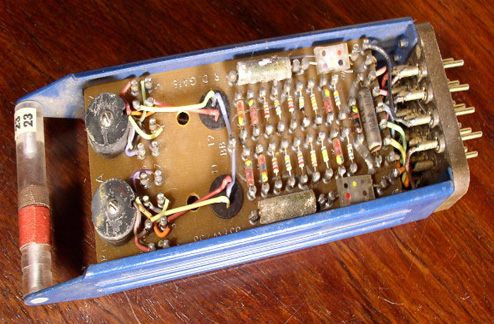
The TX-2 was a transistor-based computer using the then-huge amount of 64K 36-bit words of core memory. The TX-2 became operational in 1958. Because of its then powerful capabilities Ivan Sutherland’s revolutionary Sketchpad program was developed for and ran on the TX-2.
The MIT Lincoln Laboratory TX-2 computer was the successor to the Lincoln TX-0 and was known for its role in advancing both artificial intelligence and human-computer interaction. Wesley A. Clark was the chief architect of the TX-2.
Introduction
One of the most influential groups in shaping interactive computing as we know it was based at MIT’s Lincoln Lab between about 1953 and 1969. The focal point of the group was the TX-2 computer (and its predecessor, the TX-0), designed by Wesley Clark.
As a direct beneficiary of this work (Ron Baecker who did his PhD there was one of my main mentors during my graduate student days), I have always held it in high esteem. I have also always felt that it has not gotten the attention that it deserved. This came to a head when I had the privilege to meet and work with Bert Sutherland in 2001. I knew of Bert, but we had never met, and I had never seen the film of the graphical programming system that he had done for his 1966 PhD thesis. Exposure to it spurred me into action, with the result that at the 2005 SIGCHI conference, I organized a panel which highlighted the work of the group, and its relevance to computing and research today.
My purpose with this web page is to provide a portal to the archival relating to the work of this group, including video demos, links to articles and theses, and a video and article documenting the SIGCHI panel the I organized.
My hope is to augment this material in the future with additional material, such as interviews with some of the key players in the lab – including some who were unable to attend the panel. All of this takes time, so this page is a work-in-progress. So return from time to time in order to check what is new.
In the meantime, please cut me some slack about bad web design, etc. Of course, in the spirit of open source, if you want to redesign it and send me another version, that would be more than welcome. For the time being, I hope that what I have gotten up is of interest and value. And, of course, I welcome feedback, suggestions, etc., and will do my best to respond promptly.